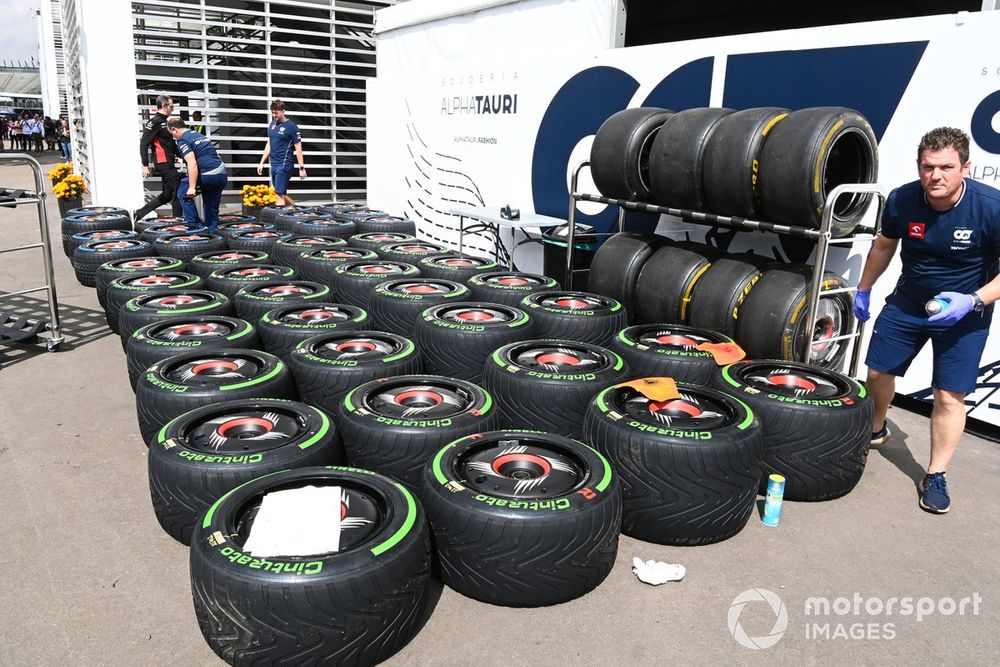Following an agreement at a recent F1 Commission meeting, teams are not allowed to undertake any wind tunnel or CFD work for the new spec cars until January 1 2025, mirroring a similar arrangement that was made ahead of the last big rules change in 2022.
The future technical regulations have not been finalised, but teams already have a good understanding of what direction will be taken.
Unusually the 2023 sporting regulations have been changed after the end of the actual World Championship in order to impose the 2026 ATR ban from December 1 to 31, while the same amendments have been made to the 2024 rules.
The sporting regulations for both years now state: “In order to prevent testing which aims to develop for the 2026 season, from 1/12/2023 until 1/1/2025 inclusive, RWTT [restricted wind tunnel testing] may only be carried out using a scale model that substantially complies with the 2023, 2024 or 2025 F1 technical regulations.
“With the exception of dyno testing aimed to develop brake system components with minimal air ducting and provided such tests do not concurrently test (or in any way provide incidental data or knowledge on) the performance or endurance of parts or systems classified as bodywork, no wind tunnel testing may be carried out using car geometry partially or wholly compliant with and/or substantially derived from drafts and/or published versions of the 2026 F1 technical regulations or FIA proposed 2026 bodywork geometries and concepts.”
Similar wording also bans any 2026 CFD simulations until the end of 2024.
Teams are still allowed to do preliminary R&D work for 2026 that is not covered by the aerodynamic testing restriction rules.
Photo by: Mark Sutton / Motorsport Images
AlphaTauri team members work on Pirelli tyres in the paddock
In other changes to the 2024 F1 sporting regulations, the scrapping of the alternative tyre allocation has been confirmed, while the days allowed for Pirelli tyre testing have been increased from 35 to 40, and the requirement for that testing to take place only between the first race and December 15 has been deleted.
Four days specifically allocated for an FIA project related to spray reduction testing have also been built into the rules after an initial but unsuccessful experiment at Silverstone in July.
In other now confirmed changes the notification period for a standing start has been cut from two minutes to just one, and the pitlane opening time reduced from…
Click Here to Read the Full Original Article at Motorsport.com – Formula 1 – Stories…

